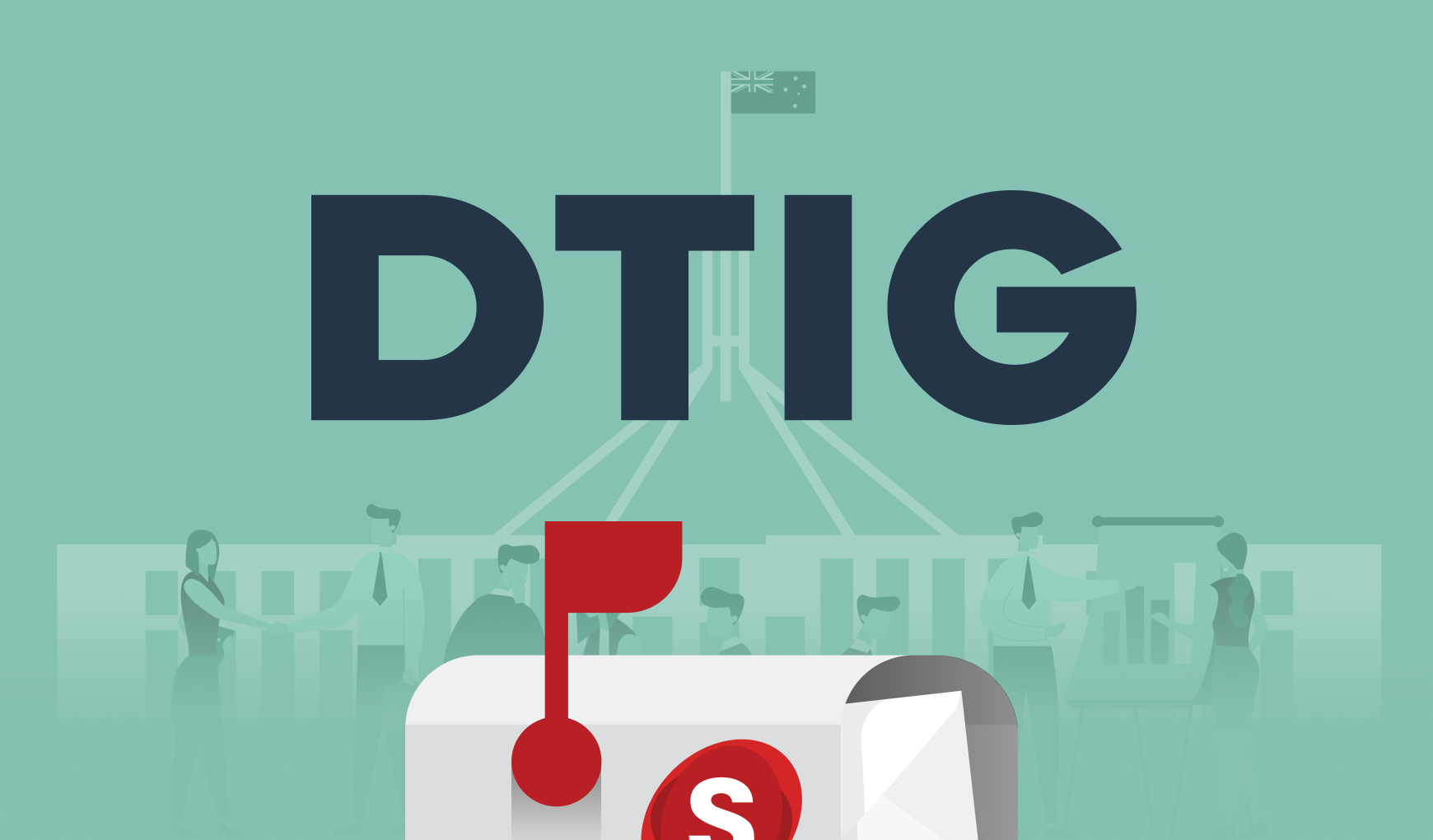Public transport smartcards
Public transport cards are a hot topic for cities all around the world. Gone are the days of dropping in coins as you hop on the bus, or tram/train conductors collecting cash. Most technologically developed nations have varying levels of tech involved in fare collection for their public transport networks.
Here in Australia, all capital cities have some form of public transport smartcards. For example, smartcard systems were launched in Brisbane in 2008 (Go card), Melbourne in 2009-2010 (Myki card), Adelaide in 2012 (Metrocard) and Sydney in 2013 (Opal card). These systems have met with criticism (e.g. Melbourne’s Myki), and acclaim (e.g. Sydney’s Opal). When it was rolled out in Sydney, Transport for NSW claimed Opal was more advanced than London’s Oyster system. In a ComputerWorld Australia , a spokesperson for Transport for NSW also said: “Sydney’s Opal Card is more technically progressed in terms of compatibility with new and emerging technologies than many other transit systems around the world.”
Interestingly, a year after the Opal launch, London’s Oyster card was history. In 2014 London launched its new contactless payment system, which allows commuters to use their credit cards or bank cards to tap and go. The system also works with smartphones. Work started on the contactless system in 2008 and the switch from Oyster to contactless payments cost $150 million. There are numerous advantages of this system such as its speed (no queuing up to top-up a smartcard), it’s convenience and it’s accessibility — if all cities use a similar system it means you can travel anywhere in the world with only your credit card. This is a key advantage for tourism.
Contactless public transport in Australia?
So, will Australia see contactless public transport soon? Unfortunately it’s not promising for most cities. According to a news.com article late last , most Australian cities aren’t prepared for systems like the one in London. To move forward would be a costly exercise (remember, it cost London $150 million!). For most of our capital cities, the existing technology was expensive and can’t be adapted to contactless payment…except Sydney’s Opal. So while it was one of the later cities to go for a smartcard, the ‘latecomer’ might actually benefit from newer systems that can be used for contactless travel.
The trick with fare systems for public transport has been anticipating future technology and developments and building systems that may/will be compatible. This is often a key component of digital transformation in government — adopting new technology and ensuring scalability. Of course, it’s hard to plan for a future we don’t know, or technology that’s yet to be invented. Having said that, Visa’s payWave system was introduced in September 2007 and MasterCard’s Paypass (now MasterCard Contactless) was initially trialled in 2003. However, the lead times on the travel smartcards are long, and it would have been hard to predict the overwhelming success of ‘touch and go’ payments in Australia. Building technological systems that are compatible with the future is challenging.
Salsa Digital’s take
Like many areas affected by digital transformation in government, it can be hard to predict what technology will take off and what will disappear into oblivion. Remember the Beta ‘versus’ VHS debate way back when? It can be hard to predict the victor (if systems don’t co-habit) of competing technology, let alone imagine new technologies yet to be invented. This is when it’s tricky, and government treads a fine line between investing in new technologies (which can bring associated risks) and falling behind other agencies and citizens’ expectations. In the case of transport smartcards Sydney took a lot of flak — it was Australia’s biggest city (by population) yet it was lagging behind in its implementation of a public transport smartcard. However, in the long run Sydneysiders will benefit from this delay, and have a system that can be upgraded to the latest technology.

